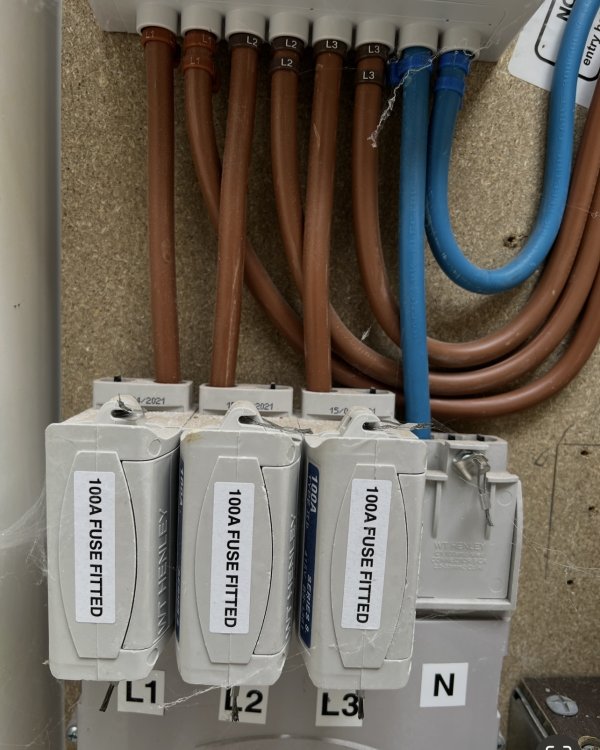Reproducing studio recordings with accuracy represents one of the most complex challenges in audio engineering, requiring a truly holistic approach to the entire reproduction chain. Attempting to pursue this goal objectively through scientific measurement adds another layer of complexity, as the current state-of-the-art in audio measurement may not yet be sophisticated enough to fully capture what we hear and feel during musical reproduction.Aside from what we hear through our systems, or read about in the linear notes, if we have them, virtually none of us has a clue what was done in the studio (same with live performances, unless one was present). And what’s done in the studio is commonly artificial, not an individual or group sitting down and playing together, but pieces of performance compiled, with lots of physical sound adjusters helping out. And then re-engineered by human and machine and recording format. Much as we’d like it not to be the case, the idea of “recreating just what it was like in the studio” is a myth, an illusion and delusion. A home reproduction system — different studio — is an entertainment system that calls for different parameters to induce emotional involvement, including of individual hearing and tastes. A different illusion.
With our technology, we have developed the ability to alter conductors in ways that directly impact audio and video reproduction. After countless testing iterations, we have refined our methods to precisely shape the influence of conductors to achieve specific targets in sound and image quality.
When it came to defining these targets, we made a deliberate choice: to introduce no coloration or added flavor from our side. This is what we refer to as the pursuit of "authentic truth" through the Veridion technology. The proprietary nature of our technology presents a unique communication challenge. Since we cannot elaborate on the technical mechanisms behind Veridion, we must focus instead on demonstrating its impact through actual musical performance.
The products we offer have consistently elevated our own musical experiences through extensive testing and refinement. We bring them to market with the confidence that comes from this rigorous development process, believing that our users will find them equally satisfying and transformative for their own listening experiences. We stand behind this conviction with our full money-back guarantee.






